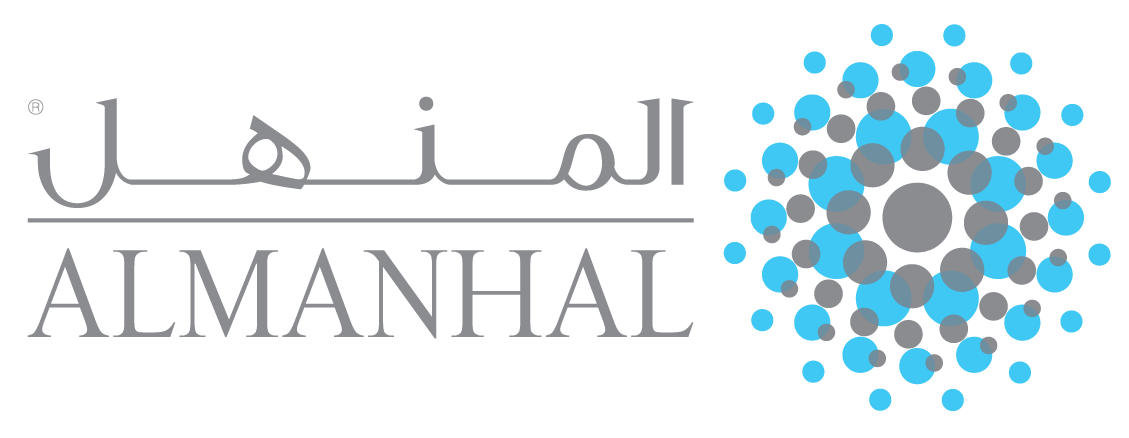Hybrid Sukuk in Light of the Recent Implementation of AAOIFI Shariah Standard no. 59 Related to the Sale of Debt
DOI:
https://doi.org/10.31436/jif.v11i2.688Keywords:
Islamic capital market, Sukuk structuring, Hybrid sukuk, AAOIFI Shariah standards, Sale of debtAbstract
Sukuk is among the primary fund-raising method for the sovereigns and corporates in a Shariah-compliant manner. Besides the Islamic investors, sukuk has been well received by conventional investors as an instrument that can provide similar risk and reward equal to the bond. However, as there are various sukuk structures in the market, hybrid sukuk is among the popular structure preferred by the issuers. One of the reasons is it requires a lower physical or tangible asset requirement i.e., 30% out of the total sukuk issuance amount ("tangibility ratio"). However, this changes with the implementation ofShariah Standard no. 59 on the Sale of Debt by Accounting and Auditing Organisation for Islamic Financial Institutions(“Standard 59”) (“AAOIFI”). It mandates a higher tangibility ratio requirement and an additional requirement ofmaintaining the tangible asset value. Thus, via document analysis methodology, this paper aims to explore further theimplication of these requirements toward the underlying asset condition and tradability of hybrid sukuk, as well as otherpotential impacts.













